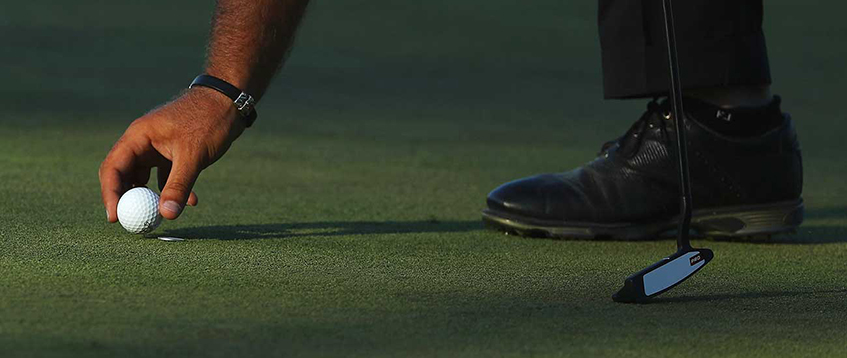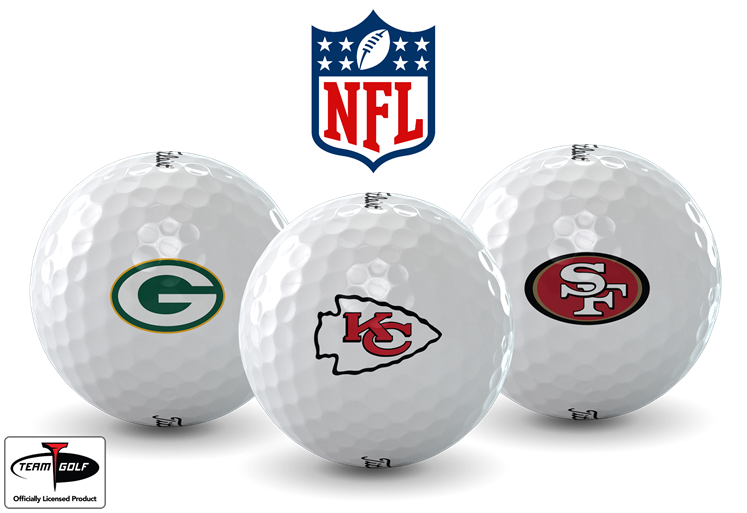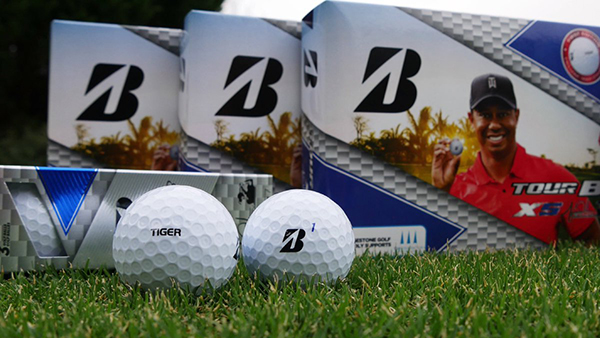Top Brands in Golf

Top Brands in Golf; image: wikimedia.org
As the Open Championship was played for the 148th time, it was a reminder that golf is one of our oldest sports. Yet the brands that dominate the golf marketplace are relatively young – most were not even around when our golfing mothers and fathers started playing the game. Let’s look at some of the leading brands of golf:
Titleist
One of the most venerable golfing names is Titleist. The first Titleist golf ball was introduced in 1930 by a rubber manufacturing company called Acushnet, best known at the time for making swimming caps. In short order, the Massachusetts firm was best known for making Titleist golf balls. At the 1949 U.S. Open, Acushnet representatives figured out that more golfers in the field were playing their brand than any other. Ever since Titleist has been promoted as “The #1 Ball in Golf.” The Titleist Pro V1 is the current go-to ball in professional tournament golf.
Titleist entered the golf club business in 1962 and its sticks gained a similarly devoted following. Tiger Woods continued using his beloved Titleist driver long after he had signed endorsement deals with other golf manufacturers. Today you will find Titleist golf clubs in the bags of top stars like Jordan Spieth and Adam Scott.
FootJoy
The oldest brand in golf is FootJoy. The Burt and Packard Shoe Company was already three years old when the first Open Championship was played in 1860. There weren’t even referred to as “golf shoes” at the time since nails were just driven into the soles of regular shoes. When golf shoes started becoming a standard piece of equipment, FootJoy golf shoes were there. When the immortal Walter Hagen captained the first American Ryder Cup team in 1927, FootJoy was the official team shoe. When the PGA performed its first official shoe count in 1945, FootJoy was the winner and still remains the dominant footwear in golf.
FootJoy entered the golf gloves business in 1979 and rapidly became the best-selling glove in golf on the back of its pioneering water-repellent Cabretta leather. For the past 35 years, FootJoy has been a sister brand of Titleist.
PING
Karsten Solheim ushered in the era of the specialty golf company in 1959. A Norwegian-born engineer and frustrated golfer, Solheim developed a putter in his California garage that was weighted in the heel and toe, rather than directly behind the sweet spot. He called it the PING 1A because of the sound the club made when it struck the golf ball. Solheim refined his design to create the Anser putter in 1966, which went on to claim over 500 PGA Tour victories. Three years later, Ping introduced heel-toe weighted irons, creating an entirely new sales category in golf – the “player development” club. PING golf clubs are not just for amateurs looking to improve their games, however. PGA Tour driving distance leader Cameron Champ deploys a PING G410 Plus driver for launching his bombs.
TaylorMade Golf
Gary Adams did more to disrupt golf than even Karsten Solheim. In 1979, when he was working as a salesman for a driving range supply company, Adams met John Zebelean, an engineer who had built a driver with a metal head instead of the wood that had been in use for 500 years. Adams went all-in on marketing the clumsily named “metalwood” for his new TaylorMade company. Overnight, traditional drivers made from persimmon disappeared and golfers have been fumbling with what to call their “woods” ever since. TaylorMade continues to be the most popular driver in golf, brandished by such long ballers as Dustin Johnson, Rory McIlroy, and Jason Day.
TaylorMade golf balls made no similar disruption in the golf ball market for many years. Since the introduction of high-performance urethane covers in the 2000s, the company has developed a highly praised line with its TP5 and TP5x series, the game’s only five-layer golf balls. Top pros such as Rickie Fowler and Sergio Garcia are TP5 devotees.
Callaway Golf
Ely Callaway watched the development of metalwoods from his vineyards in California. He cashed out in wine and plunged into golf. His vision was to not just replace wooden driver heads with metal but to make them larger, as large as technology would allow. Callaway Big Bertha revolutionized golf until finally, the powers-that-be capped the size driver heads could be.
Since its initial success with the driver, Callaway Golf has expanded its reach into every corner of the golf marketplace. The company has been aggressive in acquiring legacy brands such as Ben Hogan, Spalding, Jack Wolfskin, Odyssey and many others in constructing its golf empire. Annika Sorenstam and Phil Mickelson head a deep roster of professional stars who use Callaway equipment.
Bridgestone Golf
All the major rubber tire manufacturers have been involved in making golf balls – which for many decades were constructed with rubber bands at their core – at one time or another. The rubber has been replaced with high-energy composite plastics, but one tire manufacturer remains prominent in the golf business. Bridgestone, a Japanese conglomerate, has been making golf balls in one form or another since the 1930s but has only gained traction in the market in the last two decades. Its biggest marketing coup came in 2018 as a result of the demise of Nike Golf and as a result, Tiger Woods decided to play Bridgestone TOUR B golf balls out on Tour.
Wilson Staff
The Wilson Sporting Goods Company is another sporting conglomerate with deep roots in golf. Unlike Spalding, whose name has disappeared into a carousel of corporate acquisitions, the Wilson name is still going strong after more than a century. Their flagship brand, Wilson Staff, dates back to the 1950s when Tour players were energetically recruited to the company. Legendary Sam Snead swung Wilson clubs; whose forged irons were the professional standard. The Wilson Duo helped to create the market for “soft” golf balls in the 2010s and Tour players such as Kevin Streelman and Brendan Steele still pull Wilson Staffs out of the hole.
Nike Golf
When the world’s largest shoemaker decided to get into the golf business in 1996 the company made a bet on a 20-year-old Stanford University drop-out who was turning professional. Nike signed Tiger Woods to a five-year $40 million endorsement deal. Nike quickly ratcheted up its presence in golf beyond shoes and shirts and began manufacturing clubs and balls. The company departed the golf equipment business in 2016 but Nike golf apparel is still one of the most identifiable brands on Tour.



